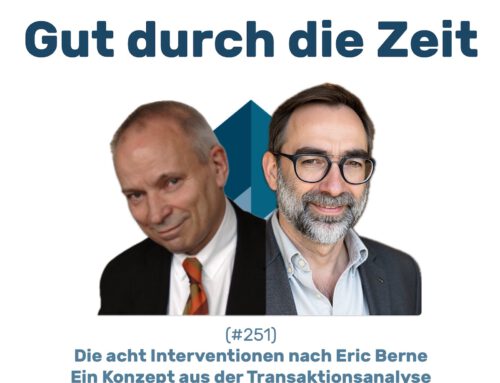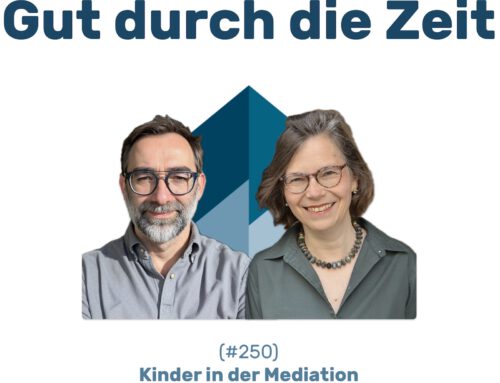INKOVEMA Podcast „Well through time“
#104 – The conflict dialogue
Having difficult conversations IV - When divisive issues collide, the solution is close at hand - sometimes in the form of escalation. In conversation with Rolf Balling
Well through time. The podcast about mediation, conflict coaching and organisational consulting.
Rolf Balling, Diplom-Kaufmann (University of Cologne) with a specialisation in social psychology, 7 years in management functions (marketing/controlling) at Alcatel-SEL AG, thereafter 10 years as head of the management training and organisational development department, Training in TA up to teaching transaction analysts in the field of organisation (12 years on the job), training in Group dynamics (2 years extra-occupational), training in Systemic counselling (7 years part-time), From 1990 to 2002 Structure of PROFESSIO GmbHAcademy in the field of human resources, as a teaching trainer and managing partner.
Contents:
- Zeitgeist „Konflikte“?
- Differentiation between warning and threat?
- Separate the person from the problem (principle of the Harvard negotiation concept)
- What is the difference between a critique dialogue and a conflict dialogue?
- Listening and asking questions
- Preparation and implementation scenarios
- Safe bases in conflict dialogue
- Best alternative to the negotiated agreement
Starting point:
"A (conflict) negotiation is an endeavour by two or more parties to reach an agreement on disputed issues, whereby all sides have the right to reject the agreement. What is important in conflicts is that it is initially unclear and disputed what the disputed issues are."
Notes on preparation:
- meaningful Cooperative attitude: "I am ok, you are ok." (basic attitude)
- Consciously maintain your own "safe bases"
- Personal objective clear and written down. Is she rooted in the world of the other side? Can she get involved?
- Have a clear exit alternative ready (BATNA)
- Prepare yourself for the unknown and the uncertain. Because both positive expectations and negative expectations are a negotiation killer.
(Conflict) negotiation dialogue:
- The personal objective is also linked to the other side saying „yes“ to the controversial issue. Without the other side doing something different than before, there would be no conflict. Insofar as each party to the conflict is concerned with the „yes“ of the other side, with the approval of their own solution idea, it is understandable that negotiation experts recommend endeavouring to ensure the well-being of the other side.
Most important tools:
- Interested questions! I use them to explore the world of others, where they make their decisions. The insights expand my possibilities.
- Build up bonding and pay attention to it: How do you contribute to the other party's advantage?
- I focus on the Interests instead of positionsWhy is the other party negotiating? What is the problem they want to solve?
- A NO is ok.
The (conflict) negotiation starts with a NO and does not stop.
Follow-up:
- What went well? What didn't? What problems did I cause myself?
- How did I navigate my way through the uncertainties of the situations?





Leave A Comment